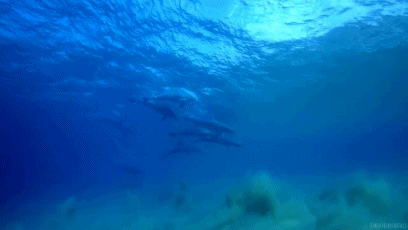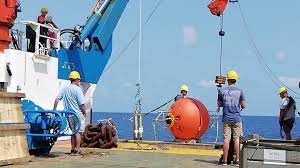Continued for two days- Scientists are reporting what they say is the longest sediment avalanche yet measured in action.
The following written content by Jonathan Amos
It occurred underwater off West Africa, in a deep canyon leading away from the mouth of the Congo River.

Something in excess of a cubic kilometre of sand and mud descended into the deep.
This colossal flow kept moving for two whole days and ran out for more than 1,100km across the floor of the Atlantic Ocean.
The event would have gone unrecorded were it not for the fact that the slide broke two submarine telecommunications cables, slowing the internet and other data traffic between Nigeria and South Africa in the process.
And also because of the prescient action of researchers who had lined the length of the Congo Canyon with instruments capable of measuring current and sediment velocities.
“We had a series of oceanographic moorings that were hit by the event, which broke them from their seafloor anchors so that they popped up to send us an email,” said Prof Peter Talling from Durham University, UK.
“This thing gradually got faster and faster. Because it erodes the seabed as it goes, it picks up sand and mud, which makes the flow denser and even quicker. So, it has this positive feedback where it can build and build and build,” he told BBC News.
The underwater avalanche – more properly called a turbidity current – was initiated on 14 January last year. It’s only being reported now because scientists needed time to recover the sensors and fully analyse their data.
The team says two factors combined to prime and then trigger the prodigious flow.
The first was an exceptionally large flood along the Congo River in late December 2019. A 1-in-50-year occurrence, this delivered vast quantities of sand and mud to the head of the underwater canyon. But this was still two weeks before the slide. Read more from BBC.





